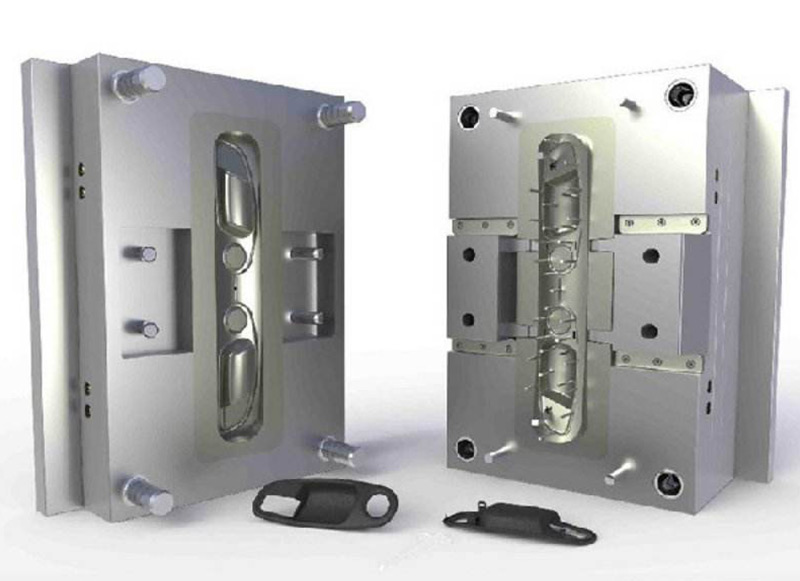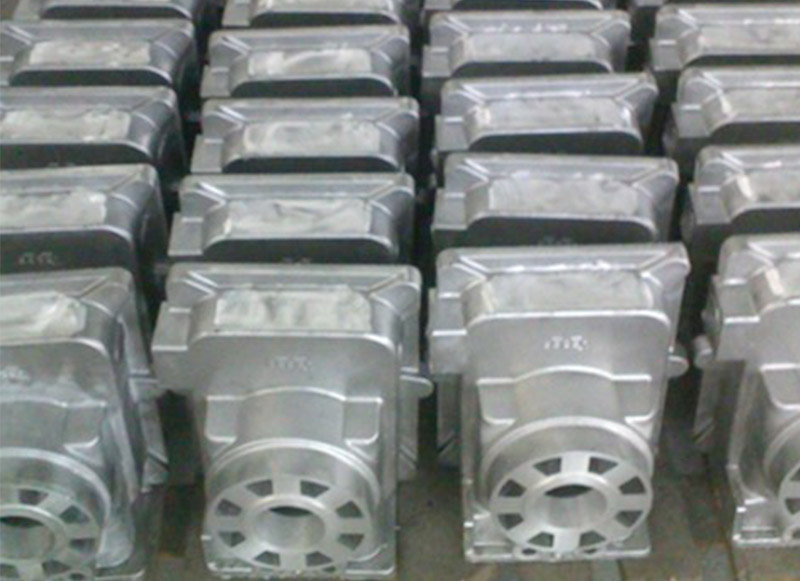This is an introduction to an article about CNC precision aluminum milling services. I hope it can help you. For more information, please click: Manufacturer Details, All Categories, CNC Milling Parts, CNC Turning Parts, CNC Aluminum Parts
CNC Precision Aluminum Milling Service
Maybe this is your most reliable CNC milling aluminum supplier in China
Xufeng is the most suitable Chinese CNC milling supplier for your choice. We have been focusing on using cutting-edge CNC numerical control to manufacture precision CNC milling aluminum parts in the processing industry, and are experts in the industry in China, using cutting-edge machines to provide popular precision CNC milling aluminum services.
Capable of CAD (Computer Aided Design) and CAM (Computer Aided Manufacturing) programs, our experienced machining operations technicians are constantly selecting the most suitable and ideal method to create the highest quality CNC milled aluminum housings and parts for our customers.
With more than 15 years of experience in the CNC machining and manufacturing industry, with solid capabilities and rich experience, we can provide high-quality and cost-effective CNC milling services from China. And in strict accordance with your requirements to customize precision aluminum milling products. CNC precision aluminum milling is a processing technology that uses CNC machine tools to cut metal to form parts. It is one of the most commonly used machining processes for CNC parts. Our state-of-the-art high-speed CNC milling products are used to process parts with complex shapes. Used in the manufacture of various components including automotive, medical equipment, marine electronics, telecommunications, aerospace electronics and other general industries.
At the same time, the accumulated professional processing and rapid prototyping experience will provide you with valuable suggestions.
What are the advantages and characteristics of XuFeng CNC milling aluminum
The following are some special advantages and functions that CNC milling of aluminum alloys can provide:
1.Low density, high strength
2.Easy to shape
3.Excellent chemical and corrosion resistance
4.Good conductivity
5.Soft and lightweight
CNC precision aluminum milling processing
XuFeng The CNC precision machining process first programs the CNC machine tool to execute the work. The computer program is written in a language called G-code, which is a group of commands to control the movement of the machine tool. The command tells the machine what operation to perform and how to perform it.
The next step is to install the aluminum workpiece on the machine tool and set the cutting tool. According to the shape of the workpiece, cutting tools can be end mills, drills, reamers, and other tools. Then set the cutting tool according to the program to cut the aluminum workpiece.
Then the CNC machine tool executes the program and cuts the aluminum workpiece into the target shape. The machine tool moves on the X, Y, and Z axes. The X-axis moves the tool in the horizontal plane, the Y-axis moves the tool in the vertical plane, and the Z-axis moves the tool in the depth direction.
Finally, check the accuracy of the processed components and replace cutting tools if necessary. Then the processed parts can be used.

Introduction to Aluminum CNC Machining
There are basically few substances that can match the chemical and strength properties of aluminum. Aluminum is highly machinable and inexpensive, making it ideal for CNC machining for a variety of precision parts. Manufacturers can machine it three to four times faster than other commonly machined materials like steel and titanium.
Aluminum's inherent flexibility and strength-to-weight properties compared to other metals make it ideal for a variety of precision parts in all forms of transportation, from cars and trains to planes and ships.
As technology advances and technological research places greater emphasis on fuel efficiency and "lightweight," aluminum replaces iron and other heavier metals traditionally used to make components and internal structures. And aluminum's high corrosion resistance also avoids the need for heavy and expensive anti-corrosion coatings that other materials typically require.
In addition, aluminum is chemically non-toxic, highly malleable and 100% recyclable. That's why this metal is so widely used in food and beverage containers, trays, lids, pouches, pouches and wrappers.
Due to the easy handling of aluminum's smooth silver finish, it's also ideal for electronic devices such as smartphones, laptops, tablets and flat-screen TVs. It can even be found in architectural projects, both as a design feature and to provide structural support.
Combining all of these properties, machinery of all kinds will have a material that is lighter than steel, stronger than plastic, more reliable, less expensive, readily available and infinitely adaptable.
The technical parameters of CNC precision aluminum milling have the following 7 points:
1. Cutting speed: The cutting speed of CNC precision aluminum milling is generally 20-30m/min.
2. Feed speed: The feed speed of CNC precision aluminum milling is usually 0.05-0.3mm/rev.
3. Spindle speed: The spindle speed of CNC precision aluminum milling is usually between 8000-24000rpm.
4. Tool diameter: The tool diameter of CNC precision aluminum milling should be between 0.5 and 6.0mm.
5. Tool material: The tool material for CNC precision aluminum milling should be tungsten carbide.
6. Tool life: The tool life of CNC precision aluminum milling is usually 50 to 100 pieces, depending on the material and processing conditions.
7. Surface finish: The surface finish of CNC precision aluminum milling is generally 0.8-1.2 microns.

What are the most common CNC machining processes for XuFeng aluminum
Specifically, there are 6 key points:
1. Milling: This is the most common aluminum CNC machining process. It involves the use of cutting tools to remove material from a workpiece to create the desired shape. Cutting tools can move in multiple directions, enabling machinists to create complex shapes.
2. Turning: This process uses turning tools to rotate the workpiece while cutting tools remove material. This is often used to create cylindrical shapes.
3. Drilling: This process is used to drill holes in the workpiece. It involves using a drill bit by rotating it to create a hole while using a cutting tool to remove material.
4. Drilling: This process is used to enlarge an existing hole. It involves using a drilling tool to enlarge an existing hole.
5. Reaming: This process is used to improve the surface finish of existing holes. It involves using a reamer to smooth the surface finish of the existing hole.
6. Threading: This process is used to create internal or external threads on the workpiece. It involves using the threading tool to create threads.
